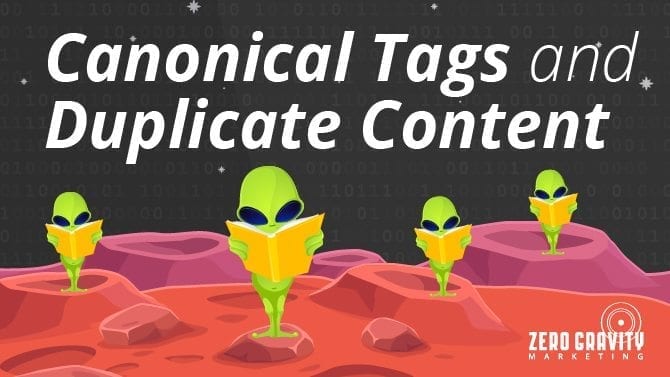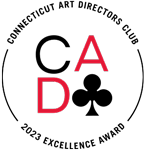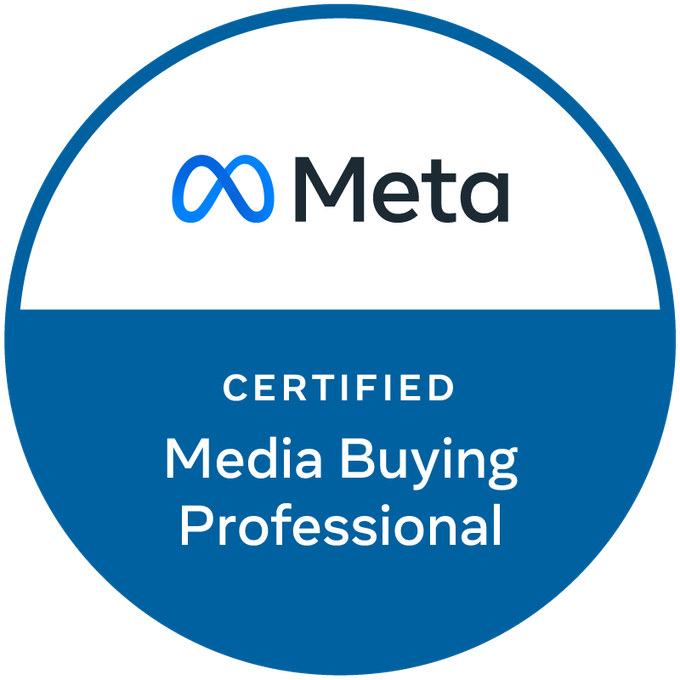Duplicate content can be detrimental to search rank, however, if reusing the same content is the only option, there is a way for you to mark the original source. Introducing canonical tags, your secret to keeping ranking power on duplicate content.
What Are Canonical Tags?
Canonical tags are snippets of HTML code (<link rel="canonical" href="URL" />) that tell search engines which version of a webpage is the "preferred" URL when multiple pages have similar or duplicate content. By placing a canonical tag in the <head> section of a webpage, website owners help prevent duplicate content issues, consolidate ranking signals, and ensure that the correct version of the page appears in search results. In an era of AI-driven search engines and ever-smarter crawlers, canonical tags are more essential than ever for maintaining clean, authoritative indexing and preserving your site’s SEO equity.
Why Are Canonical Tags Important?
Without canonical tags in place, Google is faced with quite the conundrum should duplicate content arise. They use their algorithms to make their best guess as to which page should be shown, but they don’t always get it right, and sometimes, they just revert to a completely different result instead. A canonical tag does the deciphering for Google. Canonical tags tell search engines what to ignore so that credit can be properly placed.
How to Use Canonical Tags
Whether you are syndicating out your content, you use the same descriptions for several products, or any other cause of duplicate content, you should mark each duplicate with a canonical tag. The original source is the canonical page, and all the others ones point to it in the URL. The official tag is placed in the header of the URL and uses a <link> element with the rel="canonical" attribute. Google gives this example:
<link rel="canonical" href="https://blog.example.com/dresses/green-dresses" />
What Canonical Tags Are Used For
Canonical tags can be extremely helpful for many reasons:
- Merge Link Signals – By using canonical tags, you can give all the link juice to the original source instead of it being dispersed out between all the sites with the same content.
- Accurately Track Metrics – If you are trying to track the performance of one topic or product, canonical tags make sure you are seeing the correct metrics.
- Choose the Top Result – As mentioned, if you skip canonical tags, Google will choose which page it gives the most clout to—with canonical tags, you get to have a say in which page should be the most prominent.
- Give You Credit – If you are syndicating out your content to other domains, you don’t want them to rank higher than you. Make sure you use canonical tags so you will still outrank the others.
Canonical Tag vs. 301 Redirects
While both canonical tags and 301 redirects help consolidate duplicate content and preserve SEO value, they serve different purposes. A 301 redirect is a server-side directive that permanently sends users and search engines from one URL to another, ideal for situations where a page has been moved or removed. In contrast, a canonical tag suggests to search engines which version of a similar page should be indexed, without redirecting the user. Canonicals are best for managing near-duplicate pages (like filtered product listings or print-friendly versions), whereas 301 redirects are suited for URL migrations or content consolidation where one page fully replaces another.
Which Should You Use?
Sometimes duplicate content can be consolidated into one piece to focus all efforts on one URL. This is where you would use a 301 redirect. If there are pages where the content is slightly different and both serve value to users, a canonical tag would be more effective. Before making the drastic decision to implement a 301 redirect, look at the URLs performance. If numbers for the nearly identical pages are both good, a canonical may be the better option. If there is a URL that does not have the positive results that you are seeking, a 301 might be the better route to shift all link equity to one page.
Seek Expert Advice
Canonical tags can be quite confusing, but if you use them correctly, you will be thrilled with the results. While they certainly aren’t required, without them you risk your entire site suffering. If you do have duplicate content, and you want to get control of it before Google filters you out, contact Zero Gravity Marketing today. We are pros at canonical tags and we would love to put them to use for you.











